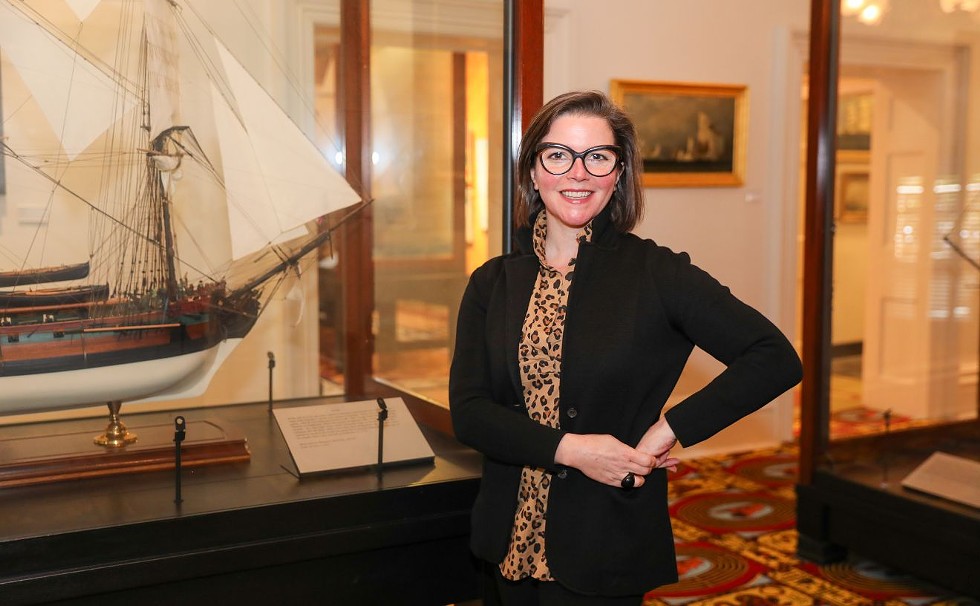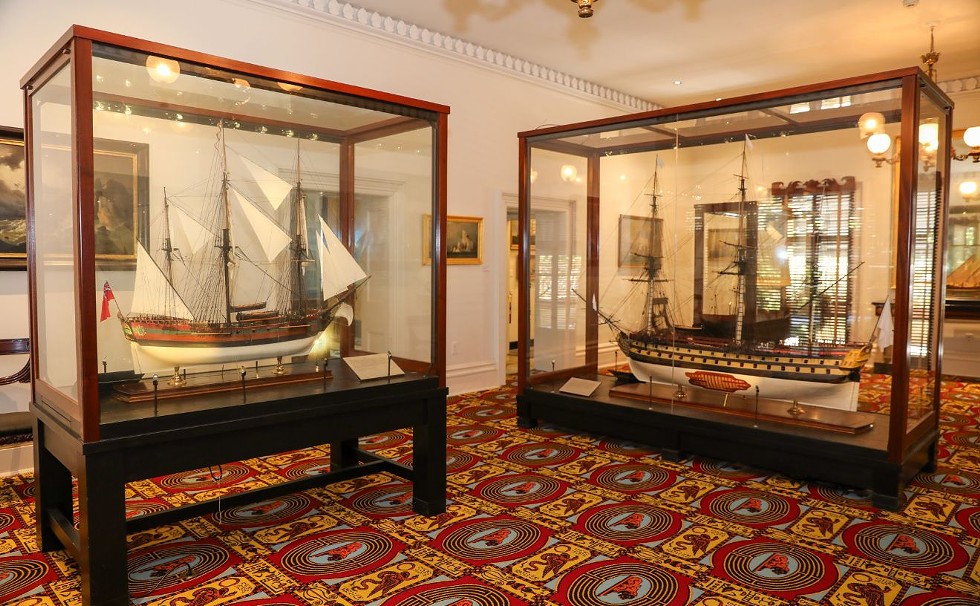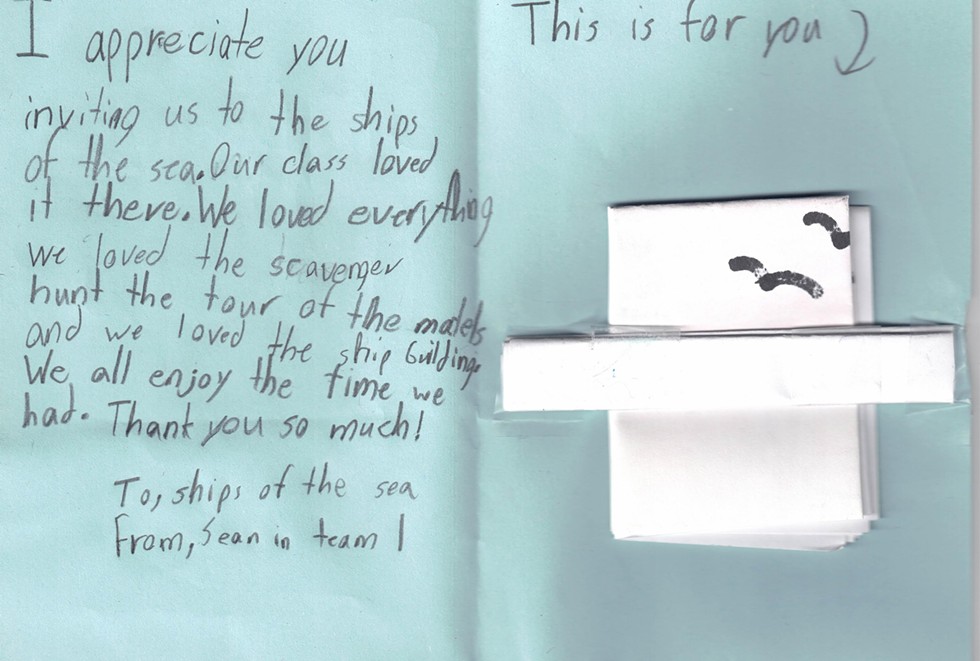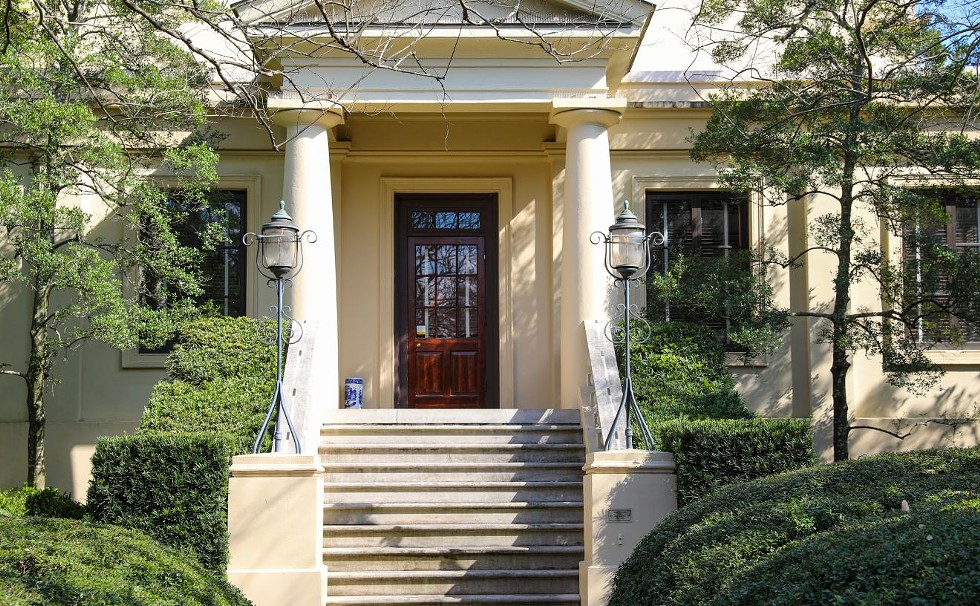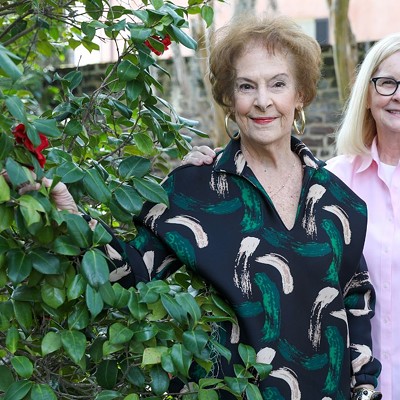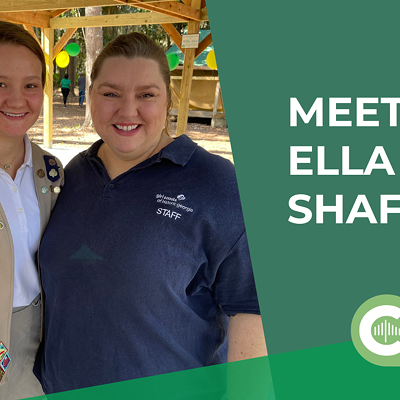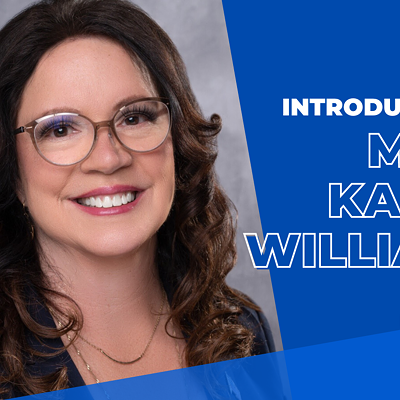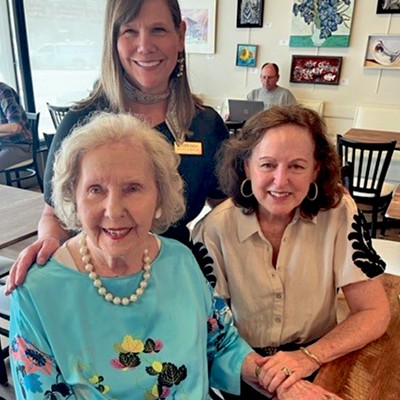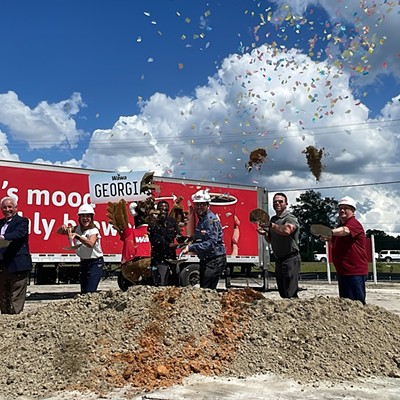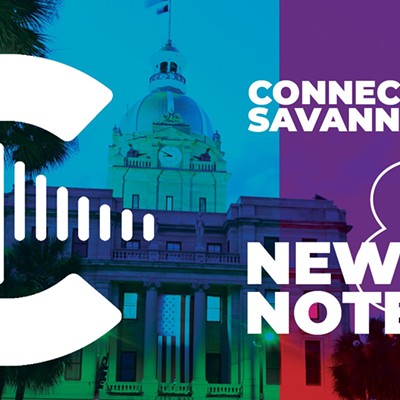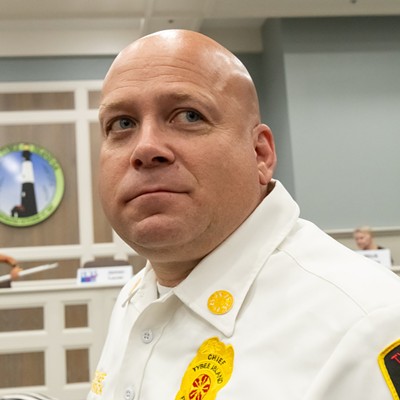When Molly Taylor took the helm as executive director of Ships of the Sea Maritime Museum, she didn’t just make a commitment to a collection that highlights 300 years of Savannah’s maritime history. She made a commitment to the community, too.
And 13 months into the role, she’s making good on both promises.
Not surprising considering the passion (and experience) Taylor brings to the position. A 15-year Savannah resident, Taylor spent childhood summers on the lakes of Northern Michigan; sailed a three-masted schooner at camp during high school; was a competitive sailor at Connecticut College, where she earned a bachelor’s degree in art history; and attended Columbia University, where she secured a master’s degree in arts administration.
“Running a maritime museum is really not all that different from running an art museum, which is my entire background,” said Taylor, who worked at The Metropolitan Museum of Art and the Lower Manhattan Development Corporation in arts and cultural development.
Her arrival at Ships of the Sea seems like serendipity, coming on the heels of a seven-year stint at Telfair Museums, where she worked as development director and then deputy director, focusing on museum management, strategy and fundraising. When her role was eliminated during the pandemic, Taylor turned to nonprofit consulting. Ships of the Sea, poised to raise money for a potential expansion, joined her client list in May 2022, with Taylor providing insights on business development and fundraising.
Less than a year later, she became the museum’s executive director, stepping into a role that had been vacant for three years and seemed Taylor-made.
After all, the work combines her passion for sailing, art, education and community.
“She has a fabulous background,” said Michelle Riley, a communications and tourism consultant for the museum. “And she feels really strongly about where Ships of the Sea fits into Savannah’s culture.”
Taylor’s charge in her new role was simple: Take everything the museum had been doing — serving the public, sharing maritime history and engaging with the community — and enhance it.
That resulted in an intertwined undertaking focused on expanding the collection, extending its reach and establishing educational programming.
A new building blossoming south of the museum’s location on Martin Luther King Jr. Boulevard is evidence of the board’s commitment and Taylor’s task, which she has embraced wholeheartedly.
“The goal of that building is to expand the space, so that we can tell the amazing maritime stories of Savannah and educate children,” Taylor said. “Right now, we have one classroom, a huge outdoor event space and a garden… but we don’t have a large auditorium where we can have indoor events, lectures, things like that. The goal is to have a little more space to do those things in a flexible way.”
But Taylor isn’t one to delay dreams. Instead of waiting for the new facility to be finished to create the programming she knows the museum needs, she’s doing it now, within the walls of the Scarbrough House, in the gardens and on the road.
“We can play a role in telling Savannah’s history and really make it magical,” she said. “Savannah history is maritime history. Literally, if Oglethorpe had not come here on a boat, we would not be here. The maritime influence over the last 300 years is very intense and we do tell 300 years’ worth of history.”
Taylor and her team have been developing new and innovative ways of sharing those stories to create an engaging experience that is diverse, inclusive and far-reaching. The partnerships she’s forged and the programming she’s introduced make that clear, with activities spanning from preschoolers to senior citizens and everyone in between.
“We’re really trying hard to bring in the widest diversity of people,” Taylor said.
Riley agreed.
“You’re integrating into the fabric of Savannah, which has been the potential of this place for 60 years,” she said.
The museum has collaborations with Savannah-Chatham County Public Schools, Deep Center, Loop it Up, The Learning Center of Senior Citizens Inc., SCAD, the Savannah Music Festival, Tybee Island Maritime Academy, Horizons Savannah, Georgia Tech, Tharros Place and the Savannah Tree Foundation.
Those partnerships encourage children, college students, teachers and the community at large to discover the museum’s rich legacy. But it’s the children of the community that are at the heart of Taylor’s efforts. She is hoping the museum and its educational offerings will entice them to explore and pursue maritime careers.
Already, children from as close as Savannah and as far as Eastern Alabama have visited the museum, enjoying a range of activities from crafting a sailor’s Valentine and building pond yachts to interacting with “General Oglethorpe” for a lesson in colonial history.
“We had approximately 250 kids come through in February,” Taylor said. “It was really a feat and super special.”
Just how special is reflected in a series of hand-crafted thank-you notes Taylor keeps tucked in a folder on her desk and is likely to include in a future exhibit. In each one (and there are many), the children’s joy, excitement and gratitude shine through. One student created a tiny blue origami boat, his words of thanks hidden within: “Thank you for inviting us to have that special time learning about the gardens and ships. I really enjoyed … all of it. It was very cool.” Another says, “Thank you, for making us build boats, and I also had a great time during the scavenger hunt. I also liked how you taught us about colonial ships. You guys were amazing.”
As fun as the activities are, Taylor hopes the students’ experience with the museum’s three key elements — historic preservation in the Scarbrough House, the gardens surrounding it and the maritime collection within it — move beyond mere entertainment to potentially change the trajectory of the students’ lives.
“It’s not just walking through the museum and seeing a pretty object and learning an interesting story,” Taylor said of her and her team’s efforts. “It is profoundly impacting a child’s life so they know that even though they’ve never visited a beach or been on the water or been on a ship, that they could work in a marine-related industry, at the port, as a tugboat captain, as a harbor pilot. And that that’s not a foreign idea, because I’ve already initiated the foundation for them, initiated the kernel of the idea, so they can have an aspiration that goes beyond what they’ve maybe experienced in their immediate circle.”
Children aren’t the only ones engaging with the museum. So, too, are college students. Over two quarters, two SCAD classes — one in museum studies and another in curatorial practices — have worked with the museum.
“They have done fabulous projects, and it has been a miracle to have these young brains looking at the museum, thinking about our hurdles, strategizing and navigating ways to get over them, like signage, wayfinding, how to market our next exhibition.”
That exhibition, “Sea of Ink: Savannah’s Maritime Tattoos,” opens Sept. 19 and is just one example of Taylor’s innovative and inclusive approach to museum programming.
So, too, is a fundraising event planned for National Maritime Day on May 22. The museum will host the opening night of a two-day event featuring eight artists using light and sound to transform the museum both inside and out.
“The maritime collection is important, but I really think it’s interpreting it and telling the stories and inspiring the people who come through the doors,” Taylor said.
In a little over a year, Taylor has become proficient at sharing the museum’s story, showcasing its collection and encouraging interest. Her passion is evident in both her energy and enthusiasm. On a whirlwind private tour, she begins in the basement, describing in quick bursts a museum that got its start on the banks of the Savannah River, moved to the Scarbrough House in 1997 and now holds items that capture 300 years of maritime history.
“When you step in the door, it puts you in a completely different mindset,” Taylor says, sweeping through the Scarbrough House and explaining its collection of maritime models. “It’s like being in a really special jewel- box museum that, regardless of who you are and whether you know how to sail, whether you love the water or don’t, there’s something to appreciate here. And we are really trying to accentuate that and expand it.”

